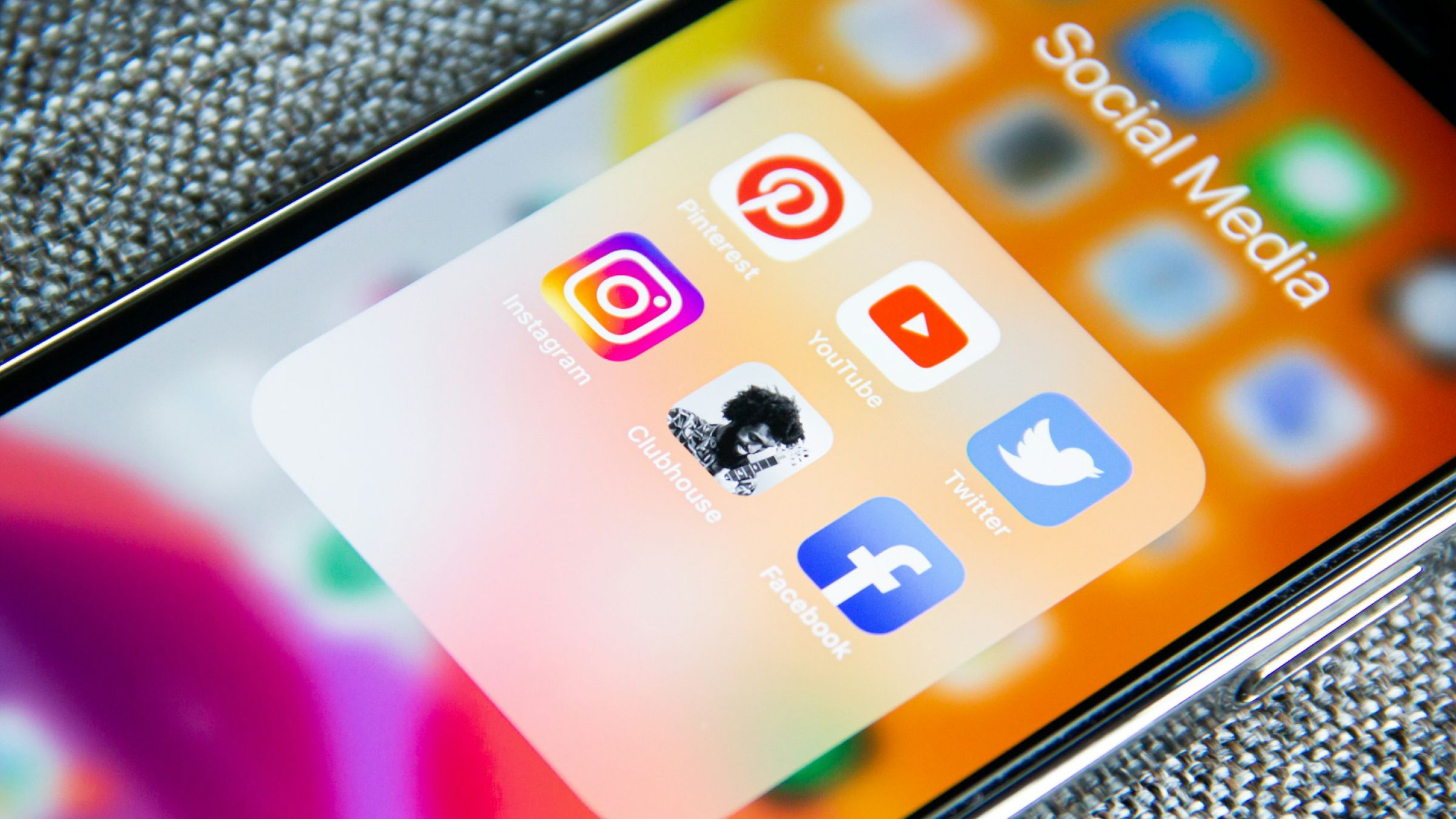
How to use SEO & social media for PR
27x more people visit Facebook than NYTimes.com. So why are you still killing yourself trying to get that mention?
You work in PR. So how much of your job is media relations? Half? All of it? 80%?
In far too many companies, labor is divided thusly: PR does the media relations, marketing runs social and creates “content”, the digital team wrangles together some SEO for the website and obligatory expert “academy”. And if you’re lucky, you’ll all occasionally run into one another at the company Christmas do and quietly judge how easy the other teams so clearly have it.
But if you want to run effective PR in 2024, those arbitrary divisions are no longer sustainable. Every part of it touches everything else, and at the end of the day, it all falls beneath the umbrella of public relations.
I say 2024, but this trend has been a long time coming, even if it’s only a handful of companies that recognize it.
Because while traditional media isn’t dead, it is losing influence at pace.
Let me show you what I mean.
It’s clear that reach is no longer the exclusive purview of big-name media outlets. No, now the algorithms behind Big Tech control that.
And yes, you can argue that the audiences are different, that people use these sites differently. Nobody’s posting photos of their awesome carbonara recipe on NYT (no matter how many times I submit it). But that doesn’t change the fact that this is where people are spending massive amounts of their time.
So yes, social is important for maximising PR reach in general.
But that goes one-hundred fold for consumer products.
Let’s try an example based on a recently released product.
Try opening a browser in incognito and googling your brand’s last product release or, for example, “Drybar The Roller Club”.
After the inescapable sponsored posts at the very head of the results, you get branded entries (i.e. those from drybar.com) followed immediately by some YouTube links, the top of which is an influencer review.
After that, there are more branded results as well as Instagram and Twitter way before you get to the other distributor results.
So not only are people who are already on Twitter and Instagram and YouTube more likely to stumble upon your new curlers, those who literally google your product name are likely to end up directed to those platforms as well.
But you’ll notice that a lot of those results point directly to the Drybar website, which is to be expected with a brand search.
What if the person doing the searching doesn’t know that you exist? What if they just have a problem (depressingly un-curly hair) and are looking for an effective solution?
That’s where PR SEO comes in.
Let’s run another incognito search, this time for “best hot hair rollers”.
This is where you’ll get all the articles ranking for that term, as well as review aggregator sites (and yup, more YouTube influencers).
The Drybar rollers, despite being a hot new release, don’t get a sniff of a mention.
So, here’s what you can do:
- Get in touch with some of the writers and editors of the articles listed and give them a good pitch
- Use your own (or the brand’s) website to publish your own listicle of best-of rollers
- Optimize your press release for search engines and publish it on your online newsroom
And those are not exclusive – you can absolutely do all of the above, all at the same time.
This is also why you’ll hear me go on about how much opportunity there is in positioning your online newsroom at the centre of your distribution strategy.
Whenever I speak with a client and we go through their newsroom analytics, it’s almost always the case that more people arrive at their newsroom through organic Google results than via their emails. And it’s not by a small margin either – pretty regularly, organic search traffic beats direct email 5:1. Which isn’t surprising, given that emails go out once to a select number of people, which webpages stay up in perpetuity and are open to literally everyone.
Oh, and if you think the b) option wouldn’t work because, of course, any content a brand publishes will favor its own products, I will reassure you it does – that’s why we publish articles like this one, which definitely does list Prezly and, at the time of writing, ranks #4 when you google “best tools for PR”:

Updated January 2024 | A list of tools that every PR professional should know about
All of this to say, in the digital age of PR, it pays to include social media and owned content (optimized for SEO) within your PR strategy.
I'm not saying stop your media relations efforts by any means, those efforts still matter. But ask those same media contacts where they source their news from, and see how often they mention social media and google in one sentence.
Jesse Wynants
Published 22 February 2024
![[browser]Stats from SimilarWeb show that in the past 3 months alone Twitter has had 10x the visitors as NYT. And we’re not even going to talk about Facebook. [browser]Stats from SimilarWeb show that in the past 3 months alone Twitter has had 10x the visitors as NYT. And we’re not even going to talk about Facebook.](https://cdn.uc.assets.prezly.com/1d015c96-ee7b-4a14-801a-27d35d689dde/-/format/auto/similarweb-prezly-jesse-wynants-social%20media%20for%20pr%20seo.png)
